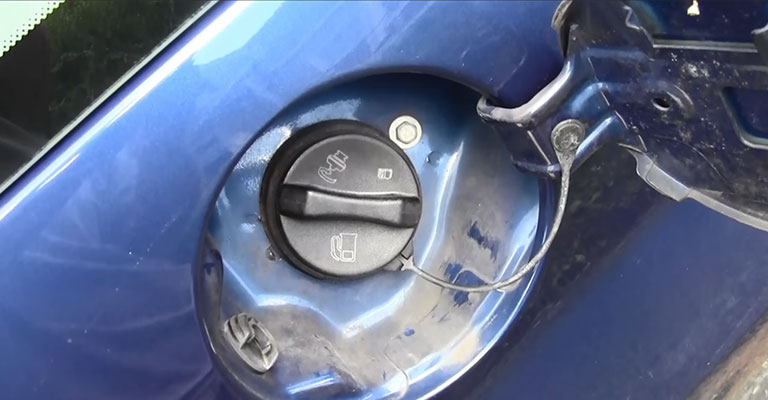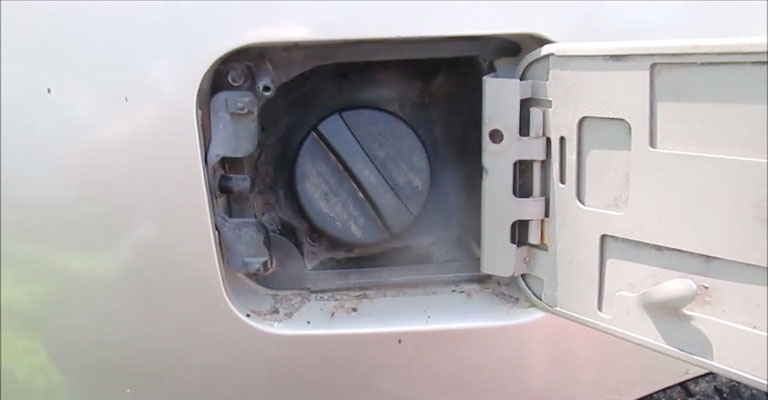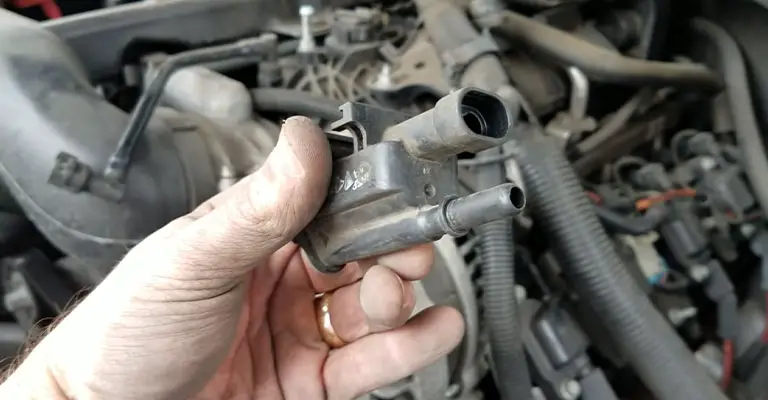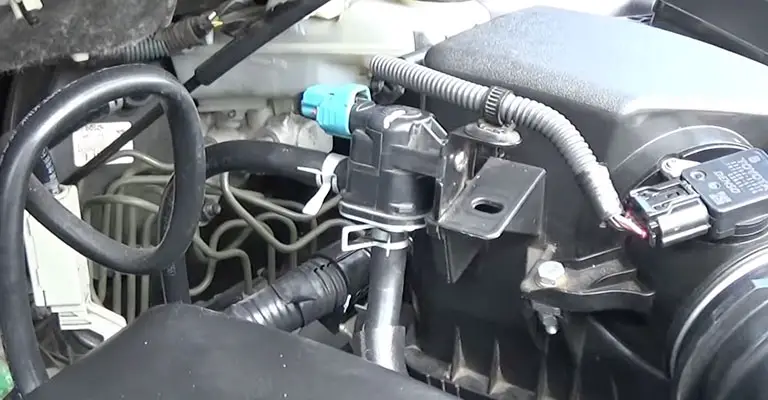Have you ever been in a situation where taking off the gas cap made the engine sputter and stop? Often, this indicates that you are getting dangerously low on gas. But, what if it occurs even when you have a sufficient amount of gas?
So why a car sputters when the gas cap is removed? This symptom frequently indicates that there is a problem with either your exhaust system, fuel, a defective purge valve, or other parts that are either dirty or worn out.
In this post, we are going to discuss the reason behind this sputtering. So, keep an eye out for a brief analysis that can be found below.

Why does a Car Sputter When Gas Cap is Removed? (Explained)
If your engine is sputtering, but you haven’t run out of gas, it’s probably a warning that there’s something more serious going on. There are a wide variety of potential explanations for the current circumstances.
4 common reasons why a car would sputter when the gas cap is removed are:
- The automobile’s gas cap may be broken and needs to be replaced. When the gas cap is removed from a vehicle, the engine may make a sputtering sound.
- This may indicate that the charcoal canister’s purge valve is not functioning properly.
- The BVSV valve is in its closed position. The BPSV is a coolant temperature-controlled passageway that canister vapors take to access the intake manifold.
- A dirty air sensor can also cause this problem.
What Are The Solutions To Car Sputtering Problem?
If you already know how to handle the situation, the answer to your problem is rather simple to implement.
If you want to know how to treat it, just follow the methods that are listed below. We will begin by addressing the first difficulty described earlier in this paragraph.
1. Broken Gas Cap

If the vehicle in question has a faulty gas cap, then it may need to be replaced.
You might also try driving the car without the gas cap on. However, if the cap is taken off, there is a chance that the container won’t be sealed well enough, which could cause an accident.
2. Defective Purge Valve

If you take off the fuel cap to release any pressure, return it for a few minutes. Then find that there is additional pressure when you take it off again. This indicates that the fuel is being heated above its normal range.
To clear the sludge that has accumulated on the two check valve balls in the charcoal canister, you can use either forced air or use some carb cleaner through the ports in the canister.
The fuel tank isn’t supposed to get too full of pressure while the car is moving, which is why there is a vacuum. However, this is only the case if the canister valves and the BPSV valves are not obstructed in any way or are not functioning properly.
3. Closed Position of BVSV Valve

Take off the BVSV valve, and place it in the freezer until further instructions are given. Next, you may discover that the valve is opening and shutting correctly.
4. A Dirty Air Sensor
Sputtering can also be caused by dirty airflow in the engine of the vehicle. This sensor checks the temperature and the weight of the air going into the engine as part of injecting fuel.
If you believe this is the cause of your issue, check under the hood to determine whether or not the mass airflow sensor in your vehicle needs to be replaced or cleaned. Alternatively, we can carry out a normal and courtesy check to confirm the issue.
Leave a Reply